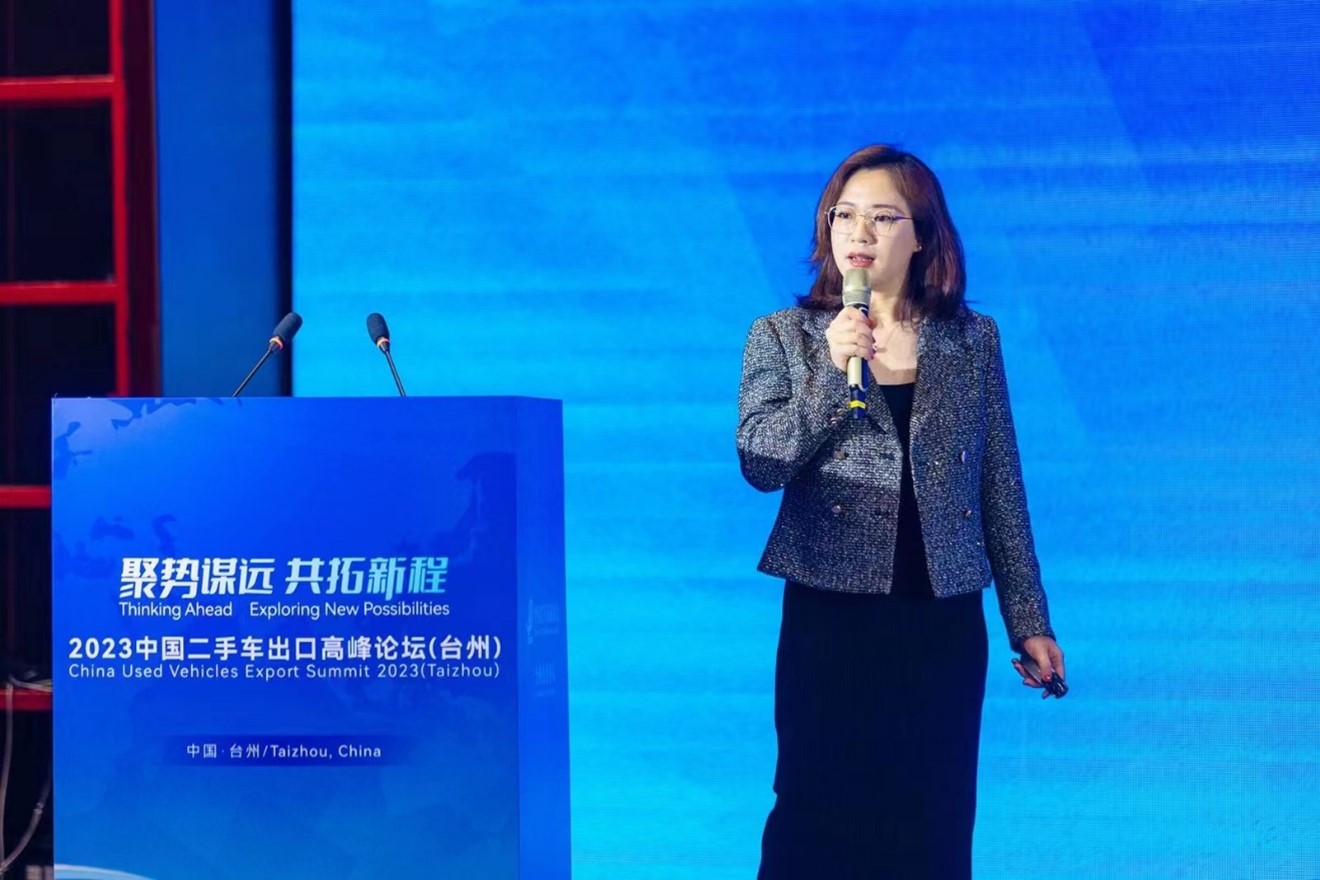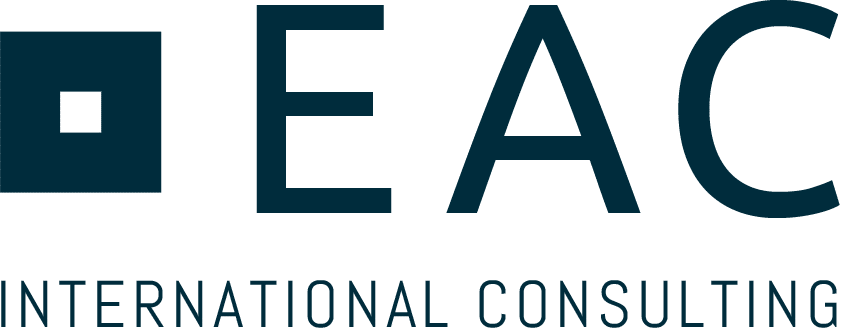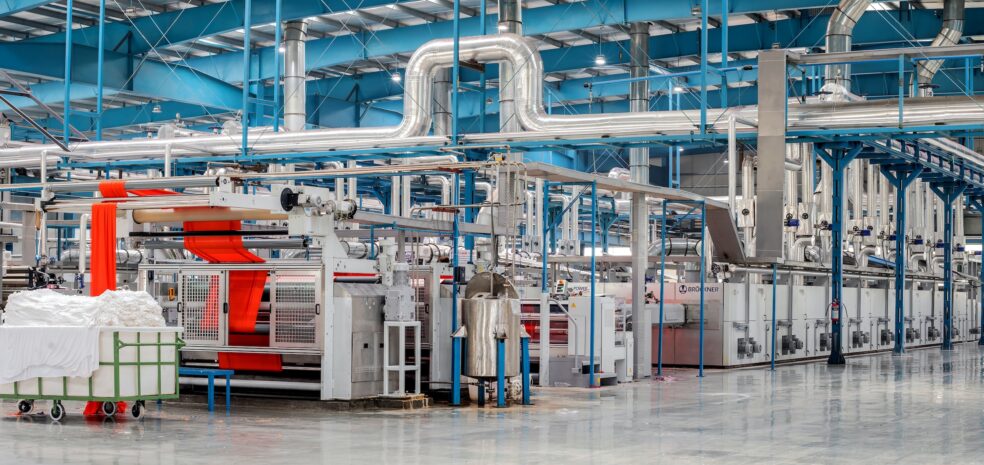Production Linked Incentives (PLI) of India - Reviewing the Impact
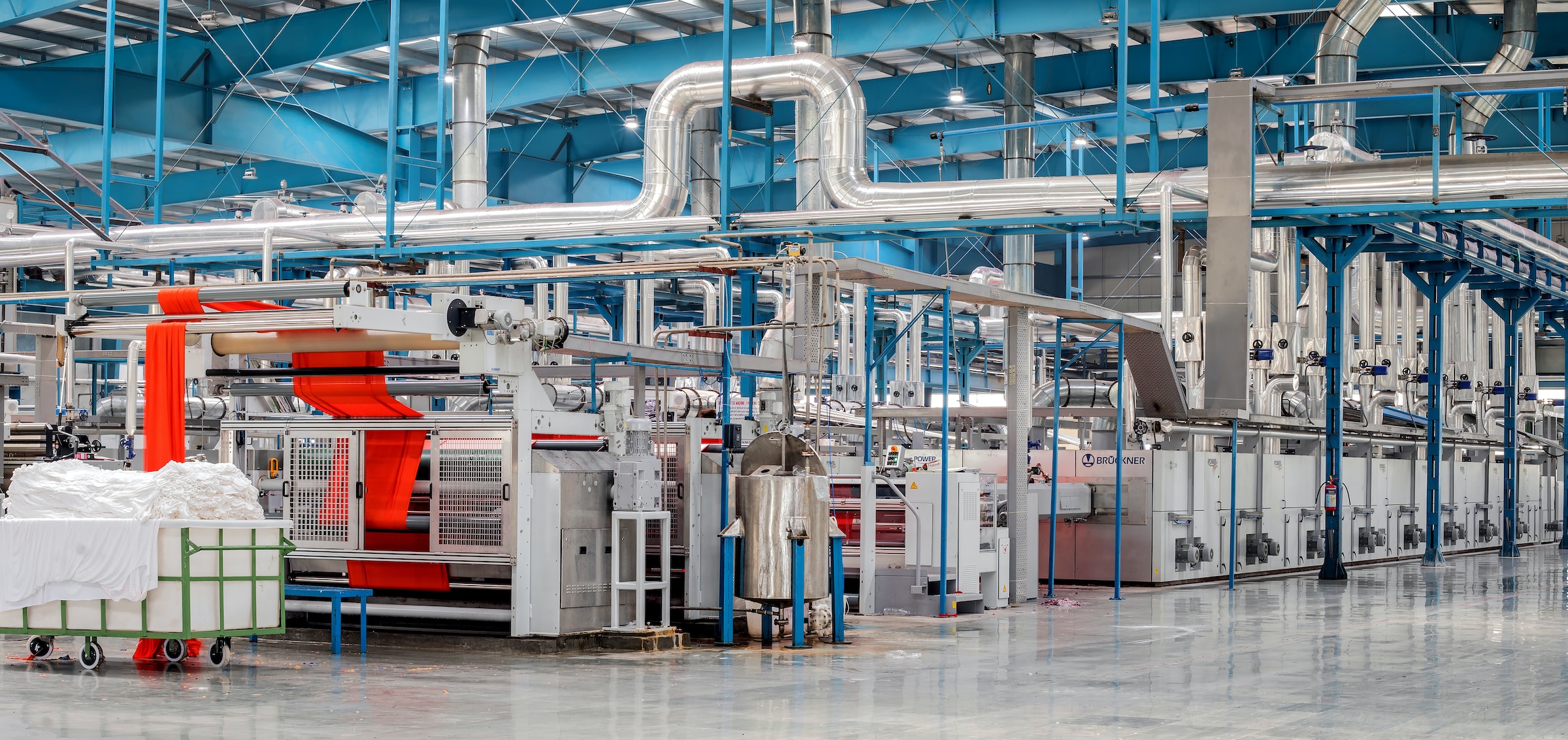
Launched in March 2020, the PLI scheme initially targeted sectors heavily dependent on imports, such as mobile manufacturing, electrical components, critical pharmaceutical materials and medical devices. Since then, the scheme has expanded its scope to include 14 sectors, nurturing India's manufacturing capabilities and emphasising export-oriented production. In total, more than 600 beneficiaries have been approved under the PLI scheme with an expected investment of up to EUR 40 billion.
In the three years since its launch, the initiative has led to remarkable improvements in sectors that are heavily dependent on imports. Exports of electronic goods, for example, increased by 57% to EUR 2.6 bn in March 2023, up from EUR 1.6 bn in March 2022. Notably, the telecom sector achieved a significant 60% reduction in imports, marking India's journey towards self-reliance in critical components such as Antennae, GPON and CPE. The government also aimed to reduce import dependence on foreign sources for 54 Active Pharmaceutical Ingredients (API) and promote domestic production, and so far India has successfully started manufacturing of 38 APIs under the PLI scheme.
The PLI scheme has led to major smartphone companies shifting their suppliers to India, such as Foxconn, Wistron and Pegatron. As a result, high-end mobile phones are being manufactured in India. Witnessed the increase in mobile phone manufacturing value addition to 20% in 3 years, while Vietnam achieved 18% value addition in 15 years and China achieved 49% value addition in over 25 years. Moreover, PLI has led to a remarkable 76% increase in Foreign Direct Investmen (FDI) in the manufacturing sector in fiscal year 2021-22, reaching EUR 19.5 billion. This is in stark contrast to the previous fiscal year 2020-21, which recorded EUR 11 billion. Sectors benefiting from PLI schemes, which witnessed an upswing in FDI inflows from FY 2021-22 to FY 2022-23, include drugs and pharmaceuticals (+46%), food processing (+26%) and medical equipment (+91%).
Recently, India has released PLI guidelines for green hydrogen production and electrolyser manufacturing in India with a budget of EUR 1.4 billion and EUR 498 million respectively. The government is also evaluating a PLI scheme for the petrochemical and chemical sectors to reduce import dependence.
The PLI will not only benefit the manufacturing sector but also the associated ecosystem. Employment opportunities are expected to increase significantly. As the PLI scheme focuses on advanced technology, it is likely to upgrade the skills of the workforce and make the manufacturing sector globally competitive. These efforts not only increase production to meet demand, but also lead to increased sales, which requires better logistics. At the same time, increased productivity helps to promote free trade agreements, thereby expanding market access.
You want to know more about the impact of India's PLI? Then contact our partner & expert, Ketan Jadhav.
Latest
EAC Partner Uwe Haizmann on the Podcast „The Future of Supply Chain“

„De-Risking China“ by the Chinaforum Bayern e.V.
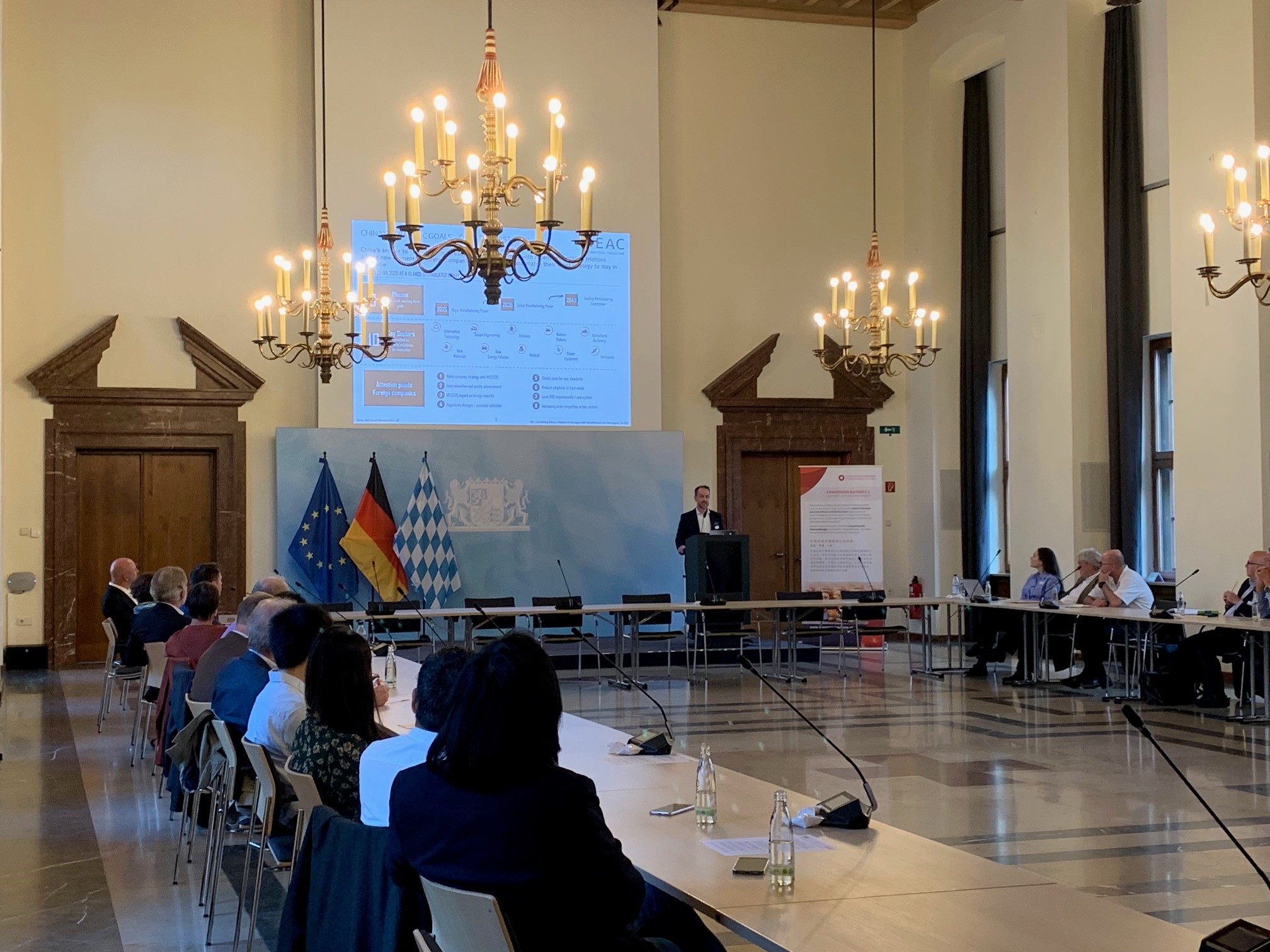
EAC as Speaker at the „International Technology Import and Export Fair (CSITF)“ in Shanghai

EAC as Speaker at the „Chinese Used-Car Export Summit 2023“
